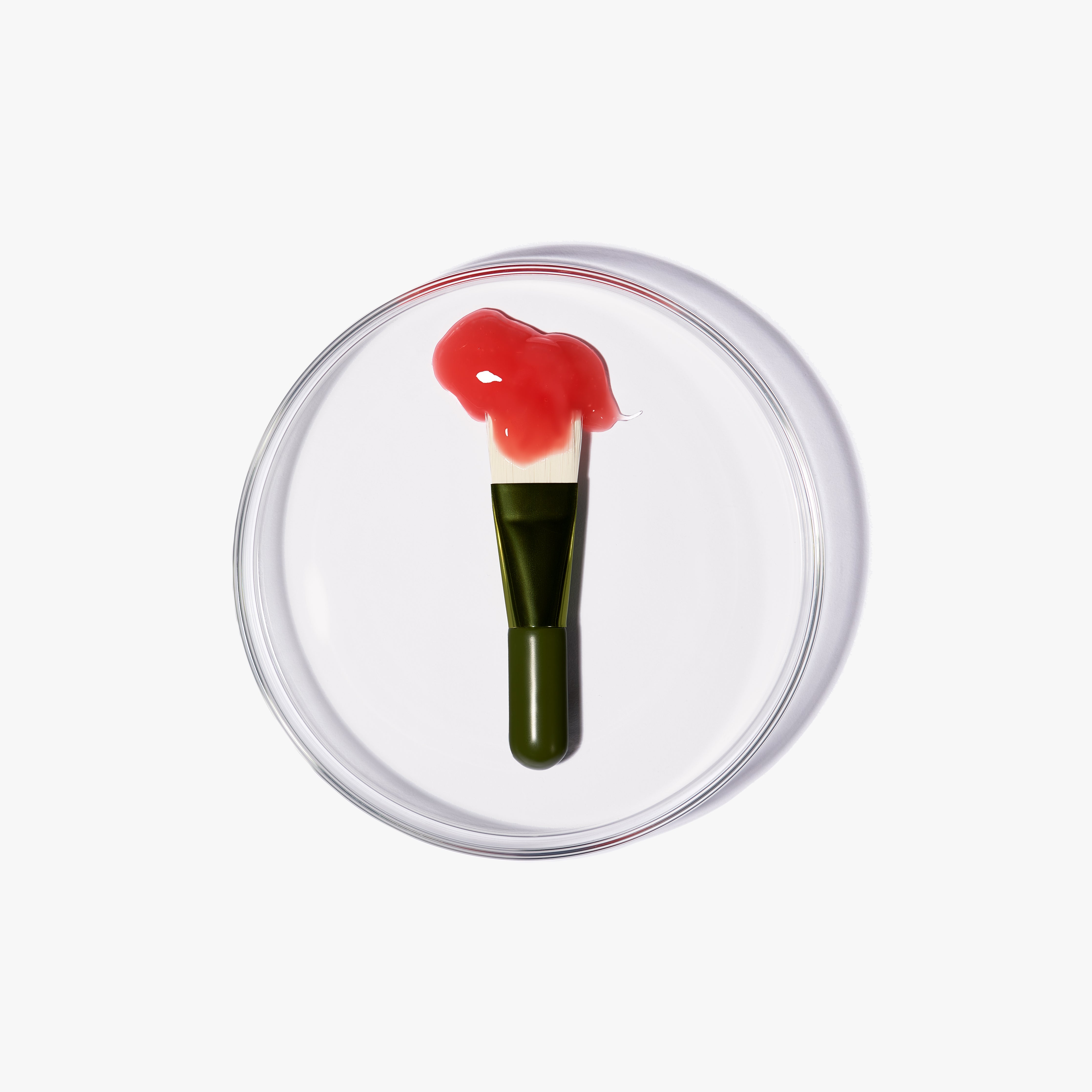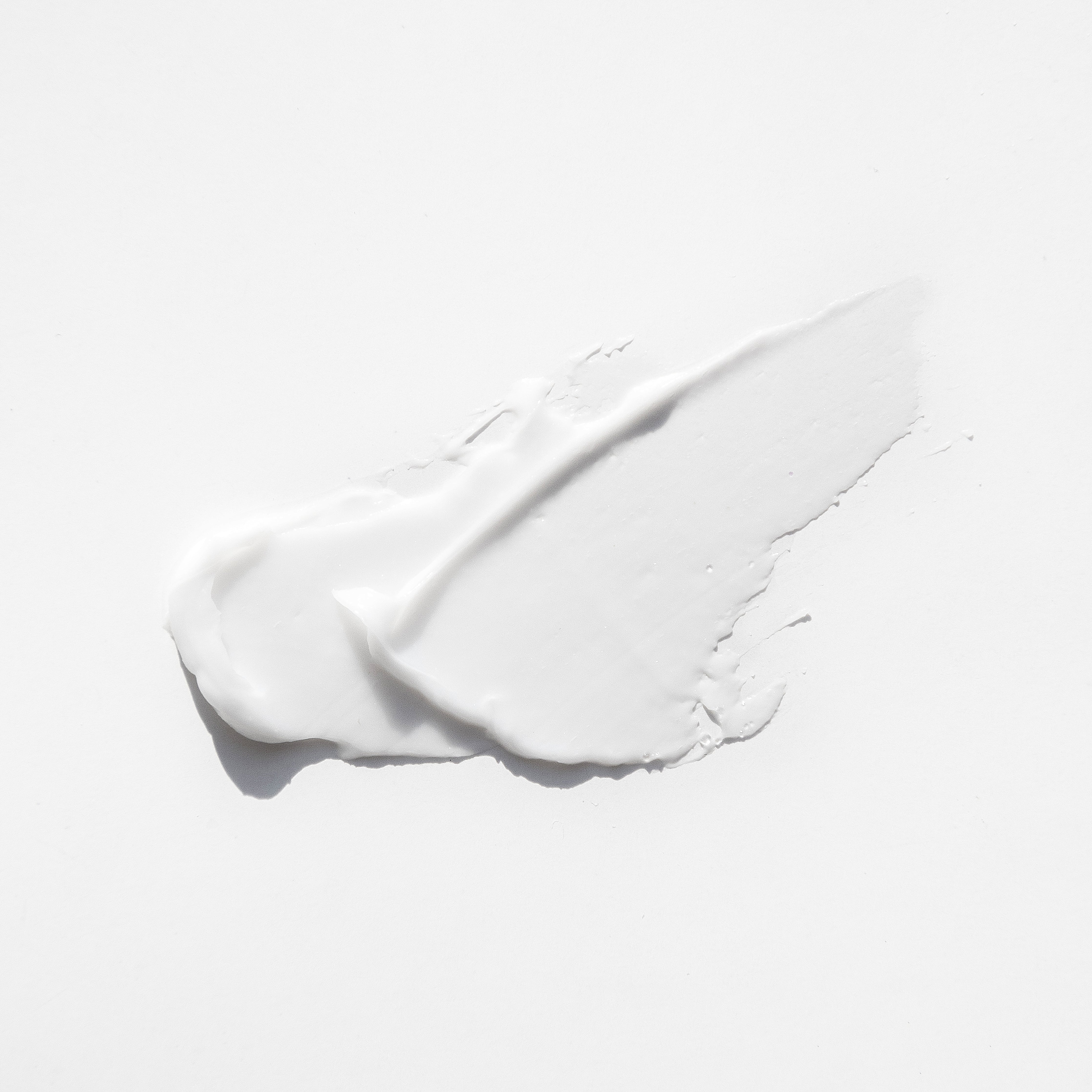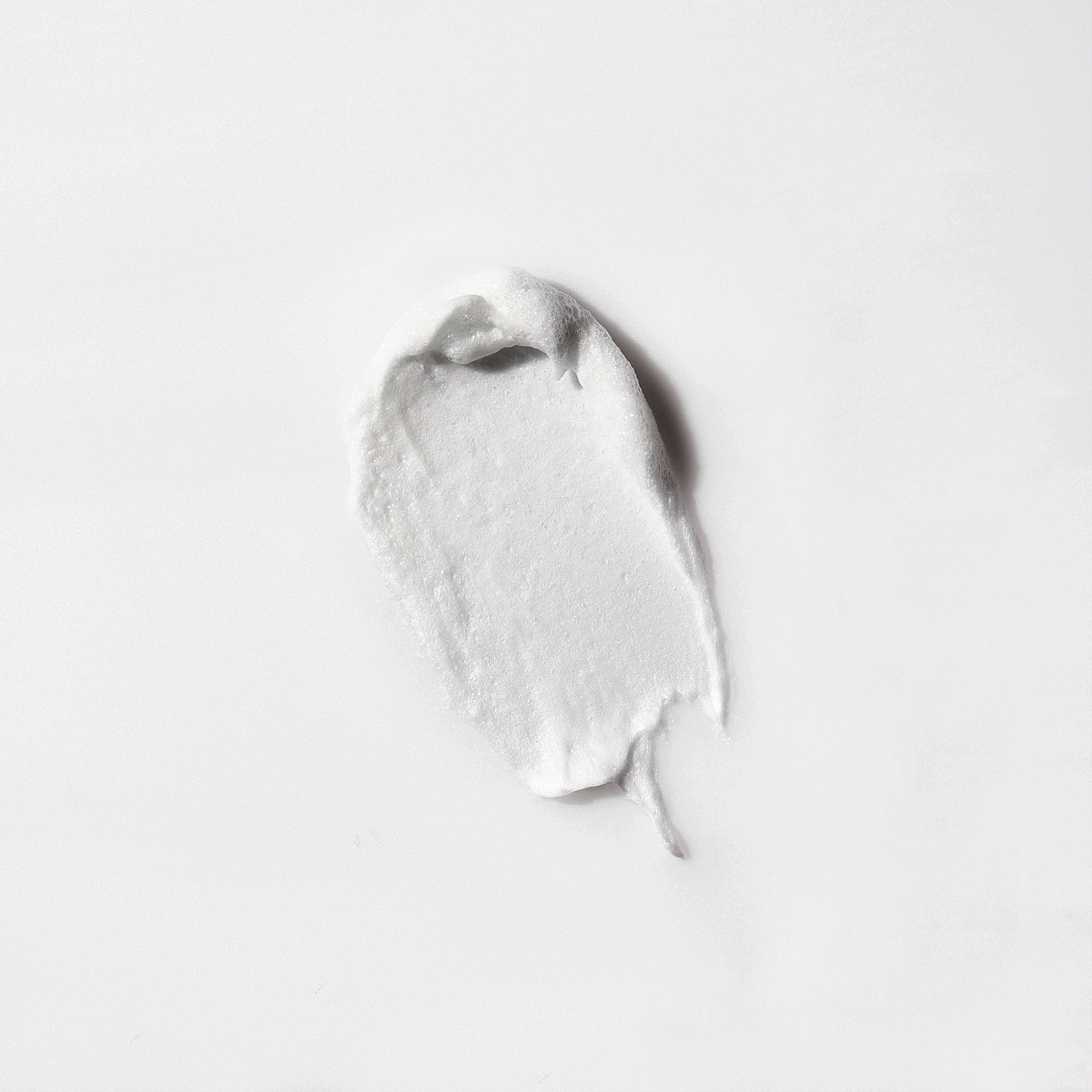Probiotic skin care is the latest trend in beauty and a good understanding of what probiotics do for your skin and the amazing benefits you can achieve by adding this gem to you skin care routine will help you make better decisions when choosing a probiotic based skincare product. Once you discover the best probiotic lotions and face creams in its most unadulterated form you’ll be on your way to your most glowiest skin ever.
Whenever I discuss probiotic skin care to someone I’m often posed a follow-up question, "do you mean yogurt for your face?" I may have explained what probiotic skin care and the benefits that it offers countless times and it never ceases to amaze me how many people are still in the dark when it comes to this incredible beauty secret.
Probiotic skin care is a bit more complicated than just yogurt on your face. Yes, yogurt contains numerous beneficial bacterial species that are beneficial to your digestive tract and face. However, the bacteria itself, its metabolites and medium in which it lives and thrives can provide amazing benefits when applied topically to the skin. A simple probiotic face cream or lotion can change your skincare routine in the most profound way.
What is the skin microbiome?
Before we can begin to understand the importance of probiotic skin care we need to understand the skins microbiome. The skin microbiome is an ever-complex environment of living and non-living organism on its surface and working in concert to maintain balance. When the microflora shifts out of its normal balance due to environmental, lifestyle or other factors, probiotic bacteria can help to shift things back to its balanced state. It can push things back to a balanced state by directly killing pathogenic (bad) bacteria, competitively displacing bad bacteria, reinforcing the epidermis and helping to recruit vital components needed for repair and renew skin. By incorporating a simple probiotic face cream used once or twice daily, can help restore some of the damage caused by harsh skincare products.
Recent advances into the study of bacteria and their purpose has led an understanding of the importance of the skin microbiome, the collection of bacteria that live on the human skin plays a role in maintaining balance, immunity and the also the resulting effects of barrier disruption. The microbiome also includes the acid mantle, a very thin layer that covers the skin and makes the skin slightly acidic (lower pH). This helps prevent harmful invading bacteria and works together with your good bacteria that live in the microbiome to keep the skin barrier robust. The natural pH of the skin ranges from 4.5 - 6.0. Many skincare products are formulated out of this range, leading to barrier disruption and its resulting effects.
It comes as no surprise that both disruptions to the microbiome and the acid mantle due to environmental and physical stress has been linked to a number of skin conditions such as allergic diseases (eczema), food allergies, psoriasis, rosacea, acne and skin aging. New evidence suggests that the decline in microbiome barrier function can be lessened with topical application of probiotics to enhance local barrier function and shifting the microbiome back into balance. When searching for a probiotic lotion or face cream, it’s important to recognize the importance the pH plays in the formula and with the microbiome.
Probiotic skin care benefits
Extensive in vivo (in humans) and in vitro (in lab) studies have shown that lysates--bacteria cells that have been grown and broken apart--supernatants and metabolites of probiotics offers similar beneficial effects versus using live bacterial organisms. Research show that lactobacilli bacterial lysates accelerates wound closure and the growth of new skin cells. Bacterial lysates also offer a safer alternative to using live bacteria on the skin and in the manufacturing and maintaining bacteria within probiotic skincare formulations.
This rich lysate has broad biologic activity that can be used to provide skin rejuvenating and protective benefits. Probiotic cell lysates may contain:
- Hyaluronic acid - improve skin hydration, elasticity, and wound healing
- Lactic acid - natural moisturizing factor, increase cell turnover, and antimicrobial activity
- Lipoteichoic Acid - stimulate production of skin’s natural antimicrobial peptides
- Sphingomyelinase - generation of ceramides for skin barrier function
- Exopolysaccharides - antioxidant and protective effects
Despite the proven benefits of live probiotics, inactivated microbial cells have a much better safety profile versus live probiotics by reducing the risk of microbial movement from one area to another, infection, enhanced inflammatory responses and suitability for individuals with skin sensitivities. With all this data it made perfect sense to choose bacterial lysates as our probiotic medium of choice. Nuebiome’s probiotic face creams, probiotic lotions and hand creams all contain probiotic lysate to benefit the skin without the risks that comes with using live bacterial cultures on the skin.
What are prebiotics, probiotics and postbiotics
As highlighted before, probiotics can benefit skin in numerous ways, from providing deep hydration to helping control redness and enhance skin cell turnover. But what about prebiotics and postbiotics?
Prebiotics are non-digestible carbohydrates that support your good bacteria and serve as energy "food" source. This energy source can take many forms but is most commonly in the form of inulin. Inulin is commonly derived from chicory root and contain galactooligosaccharides (GOS), the non-digestible carbohydrate that is a prebiotic. Changes in the prebiotic state of the microflora can promote the growth of bacteria that can shift the ecosystem out of homeostasis and lead to unwanted skin conditions. Prebiotics selectively support the growth of one or a limited number of bacterial species. Studies show that prebiotics enhances the growth of probiotic bacteria that can help with acne, eczema and photoaging.
Postbiotics are the metabolic components that bacteria produce, secrete or release after they are broken apart and confer beneficial effects to the skin microbiome. Some may refer to postbiotics as bacteria "waste products" but they are much more than that. Postbiotics vary in type and can be proteins, peptides, fatty acids, amino acids, vitamins, organic acids or a number of other byproducts that work together with prebiotics and probiotics to maintain equilibrium within the microbiome and acid mantle.
Scientific data suggest that postbiotics possess different properties from prebiotics and probiotics which include antimicrobial, antioxidant and immune modulating activity. These activities can have a positive influence on a variety of skin types. By extracting these metabolic components from a postbiotic lysates, they can then be used topically help to keep skin in good balance along with other probiotic components.
Every nuebiome™ formulation uses saccharomyces cerevisiae lysate as the postbiotic with the combination of amino acids threonine, valine, glutamic acid, glycine and disodium succinate. Saccharomyces cerevisiae is typically known as baker’s yeast and is used very commonly in the food industry with many considering it the greatest yeast known to man. Saccharomyces cerevisiae ferment contain high levels of beta-glucan and beneficial extracts which provide antioxidant, anti-aging, moisture retention, and skin regeneration benefits. Studies conducted by third party labs have also shown that our postbiotic ingredient reduces the bacteria Corynebacterium kroppenstedtii to control skin redness!
Formulating a probiotic skin care beauty line
My favorite part of creating this skincare line was the formula development. I began by selecting the bacteria, I wanted nuebiome to contain all the components that made probiotics effective which means I had to include prebiotics, which are the food products that the good bacteria on your skin eats. I also hand to include postbiotics, the metabolites of the bacteria. There is a term used in the scientific community for the combination of a prebiotic and probiotic called synbiotic. However, there was no name for the combination of all three (pre, pro & post), therefore I named this combination Synbiotic Fusion Bioactives™. In selecting the components that made up the Synbiotic Fusion Bioactives™ only those ingredients with scientifically proven data showing its effectiveness was included.
The data I reviewed showed that probiotics possessed superior hydrating abilities--even greater than hyaluronic acid, increased cell turnover and even increased collagen within the skin. All this data got me very excited to formulate Nuebiome but it was not enough just to have good probiotics, there was also the need to include ingredients that were clean and non-toxic. I was determined to exclude ingredients that were unnecessary, like synthetic colors and artificial fragrances. I wanted nuebiome products retain it natural colors and scents from the active ingredients.
After a countless revision the formulator and Nuebiome agreed on formulas that we believe would be consistent with the ethos of Nuebiome to formulate safe, effective and clean bioferment and plant-based products infused with probiotics. I am very happy and excited with the resulting products that were formulated. I believe that they will truly transform the way people take care of their skin and the microbiome.
The first product we formulated was Amaretto and Biotic Hand Remedy, founded out of the need for a truly functional probiotic hand cream that was fast drying and supported the microbiome. We then moved on to (Glyco-Biotic)™ Ultra-Synbiotic Facial to take advantage of the cell turnover and hydrating benefits of probiotics. And of course, we wanted an essence that would deliver our probiotic bioactives to the face in the quickest way possible so we developed The Biotic Glow™ Ferment Essence.
References
International Journal of Molecular Sciences, Vol 20, Sept 2019, Pg. 4290
Fermentation, Vol 5, May 2019, Pg. 41
Current Problems in Dermatology, Vol 54, Aug 2018, Pg. 1-10
Trends in Food Science and Technology, Vol 75, Mar 2018, Pg. 105-14
Wound Repair and Regeneration, Vol 25, Nov 2017, Pg. 912-22
World Allergy Organization Journal, Vol 10, Aug 2017, Pg. 29
Archives of Dermatological Research, Vol 309, Jun 2017, Pg. 411-21
Thai Journal of Pharmaceutical Sciences, Vol 40, 2016, Pg. 9-12
Scientific Reports, Vol 5, Nov 2015, Pg. 1-11
Journal of Applied Microbiology, Vol 114, Jan 2013, Pg. 1241-53
Journal of Cosmetic Dermatology, Vol 9, Mar 2010, Pg. 122-31











